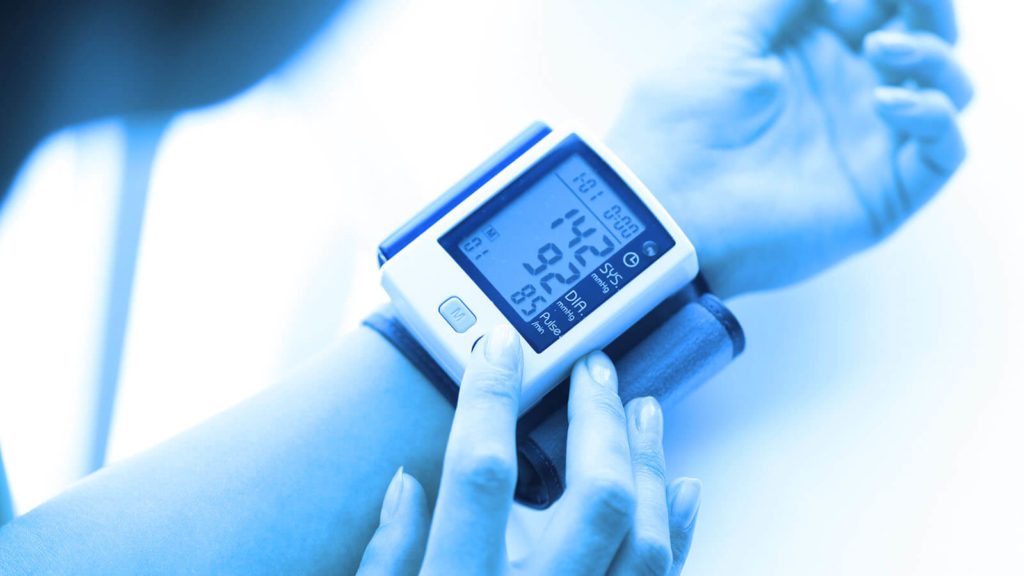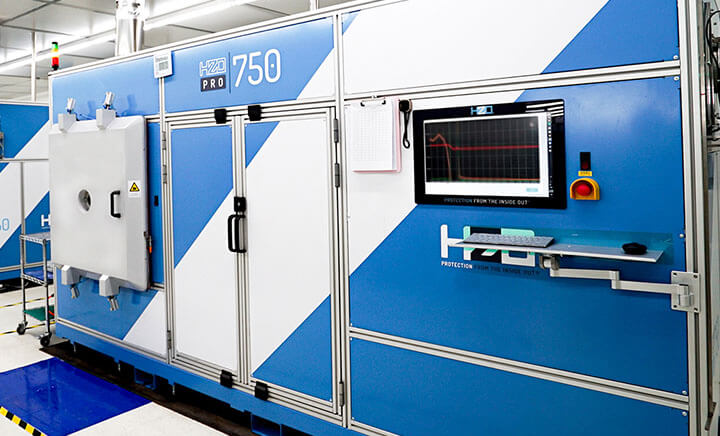Developing Wearable Medical Devices That Work in the Real World
Smart wearable medical device designers face the challenge of creating flexible, lightweight, low-profile, comfortable electronic products that enable constant, real-time data transmission. The data is critical, medical in nature, with the potential to save lives. When we consider these challenges, it is easy to acknowledge that wearable wireless medical devices are difficult to design, and the process is iterative.
Health wearable environments are often harsh; therefore, their packaging and protection play a critical role. Electronic and mechanical requirements are equally vital and must be adequately protected. If the medical wearable isn’t functional, it won’t sell. As such, many engineers feel that the overwhelming design concern for these products comes down to packaging and protection.
Two Critical Medical Wearable Design Challenges to Consider When You Think About Protecting Electronic Components
Whether you are one of those that feel that packaging and protection is a priority or not, the measures you take to ensure your wearable medical device technology is sufficiently resilient can affect two other critical wearable design challenges.
1. Component Miniaturization and Space Optimization
Bulkier, larger, wearable medical devices were initially developed for clinical environments, but as telehealth trends continue, medical wearables are now worn outside the hospital. This change in context requires a more compact, comfortable product with lighter-weight, smaller components and a need for enhanced design flexibility. Space optimization is an essential design consideration as various technologies and provisions for more communication circuits must be incorporated – within a tighter footprint.
2. Signal Integrity
Wearable medical tech requires comfort, aesthetics, and ease of use. Still, the primary purpose of the technology is to relay patients’ health data accurately and quickly to healthcare providers, making high signal integrity an integral goal. Additionally, these devices require bidirectional data streams, so informational flow is essential too.
When Design Priorities Clash with Electronic Protection Methods
Legacy protection and packaging methods used in the past to bolster reliability can interfere with other design efforts. For example, highly customized enclosures that incorporate many seals can be too cumbersome for consumers’ comfortable, compact devices. Similarly, conventional conformal coatings often require thick layers of protection that can impede signal integrity.
Unfortunately, medical wearables need to dependably operate when worn on the body, requiring protection from drops, vibration, moisture, corrosive, humidity, perspiration, sterilization, and many other damaging environmental elements. This need is non-negotiable and can incur costs associated with warranties, recalls, liability, and product returns when not met.
Download the HZO Parylene datasheet
Consider Parylene to Improve the Design of Medical Wearable Products
HZO focuses on solving product design challenges and provides an alternative material solution to conventional coatings and seals that can provide superior protection without impeding signal integrity, comfort, or miniaturization. Whether used in conjunction with customized enclosures as redundant protection or alone, our Parylene coatings offer the required protection while enabling you to meet other design goals.
Protection Capabilities
Considering environmental hazards ahead of time can enhance material choice, and there are two types of environments to consider. The outside environment can present challenges such as humidity, submersion, pollution, cleaning fluids, and corrosive liquids and gases, and the human body, which includes perspiration and other bodily fluids. Sweat is very slippery, allowing for ingress through mechanical seals, and humidity is another challenge for this method, as it can also enter and begin corroding components. Additionally, one environment can affect the other. For example, humid climates may produce more sweat and make skin dewier.
Water vapor transmission rates (WVTR) can aid in predicting coating behavior in high-moisture environments, offering help in the material selection process. The chart below illustrates WVTRs of Parylene compared to other conformal coatings. The lower the WVTR, the better.
| Polymer | Gas Permeability at 25 °C, (cc·mm)/(m2·day·atm) | WVTR,(g·mm)/(m2·day) | ||||||
|---|---|---|---|---|---|---|---|---|
| N2 | O2 | CO2 | H2 | H2S | SO2 | CI2 | ||
| Parylene C | 0.4 | 2.8 | 3.0 | 43.3 | 5.1 | 4.3 | 0.1 | 0.08 |
| Parylene N | 3.0 | 15.4 | 84.3 | 212.6 | 313 | 745 | 29.2 | 0.59 |
| Parylene F (VT-4) | – | 16.7 | – | – | – | – | – | 0.28 |
| Epoxy (ER) | 1.6 | 4 | 3.1 | 43.3 | – | – | – | 0.94 |
| Polyurethane (UR) | 31.5 | 78.7 | 1,181 | – | – | – | – | 0.93 |
| Silicone (SR) | – | 19,685 | 118,110 | 17,710 | – | – | – | – |
Ref.: Licari, James J. Coating Materials for Electronic Applications – Polymers, Processes, Reliability, Testing. William Andrew Publishing, 2003 and various companies’ literature.
Watch Dr. Sean Clancy’s webinar on proven methods for protection from corrosive environments
Parylene is also known for strong submersion protection, and HZO Parylene has been tested beyond 1,000 hours of submersion. As Ingress Protection (IP) claims can influence consumer purchasing behavior, our coatings offer value. Our tested, proven solution can meet any IP claim without the need for excessive enclosure customization and subsequent trips to the lab for testing.
Miniaturization
Our Parylene conformal coatings have passed the IPC CC-830C test at 50% of the film thickness of conventional conformal coatings. The data prove that our coatings can provide as much – or more – flexibility, fungus resistance, flammability, dielectric withstanding voltage, thermal shock, moisture, and insulation resistance at a fraction of the mass.
With thinness ranging from 2-50 microns, Parylene still outperforms other coatings in terms of corrosion resistance, ensuring that you can produce robust, dependable medical products that can still be miniaturized.
Additionally, the thinness of the coatings ensures reliable signal transmittance will not be a problem.
Read Dr. Sean Clancy’s blog about Parylene thickness
How HZO Does Parylene Differently
Parylene conformal coatings come in various types, including Parylene C, Parylene N, and Parylene F (VT-4). The coating is superior in uniform coverage, barrier properties, and performance at comparably thinner films, with less stress on mechanical structures and virtually no added weight. Due to its properties, Parylene has been trusted for decades in the medical industry to safeguard implants and other critical devices. Now, as HZO has engineered processes that cut costs and allow easy ramp-up to mass production with proven Parylene coatings, it may be time to revisit this solution for less-invasive medical products.
We address the cost concerns and batch-style coating process associated with Parylene through engineering and manufacturing solutions – we can rise to mass-scale production within a specified budget or deadline. With the combination of our in-house designed equipment, tested processes, and chemistry, our throughput can be two times faster than the industry standard.
Watch Parylene expert Dusty Atkin’s webinar on the pros, cons, and practicalities of Parylene
Proprietary equipment with optimized cubed chambers can house more substrates and components than any other Parylene supplier in the industry, decreasing turnaround time, improving throughput, and decreasing costs associated with coating runs. The chambers are larger in size, but the cubed shape also allows for high loading density so that not as much surface area is lost. The numbers of parts coated for medical devices vary, but HZO’s manufacturing process allows for efficient high throughput. For reference, around 10,000 – 20,000 hearable device components or batteries may be coated in a single batch.
Our team of engineers is here to help you meet product requirements and to prepare your medical wearables for long-term business success. Their prescriptive solutions can allow you to achieve the functions and features your product must meet to offer a successful outcome. If you have questions for our team or would like a no-obligation DFM consultation, contact us today.
Discover how HZO can protect your product


